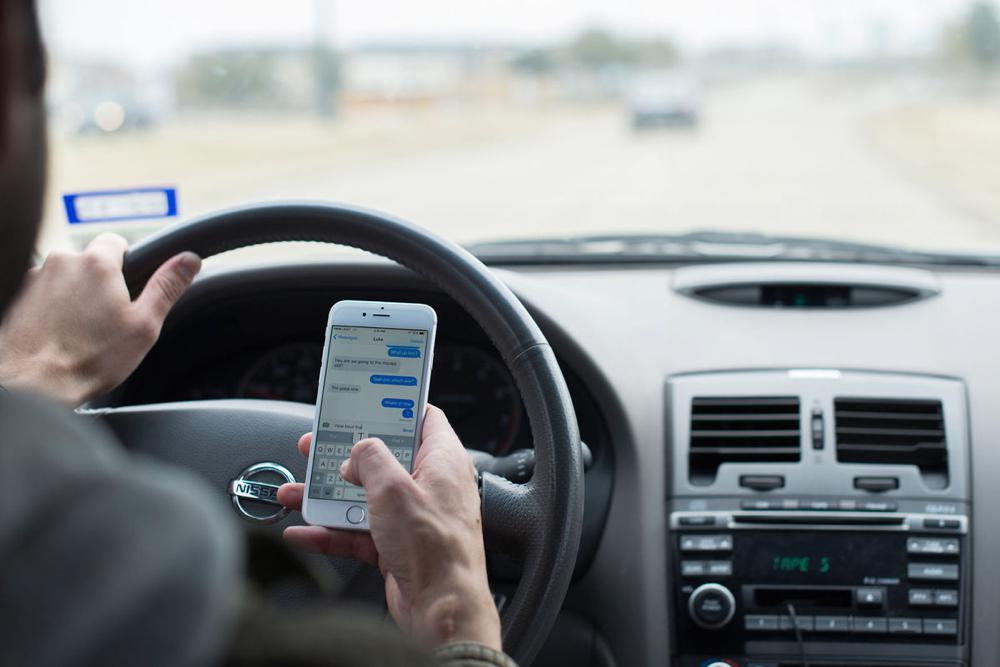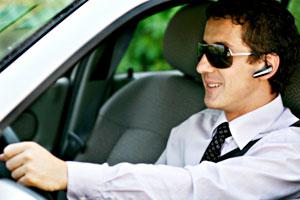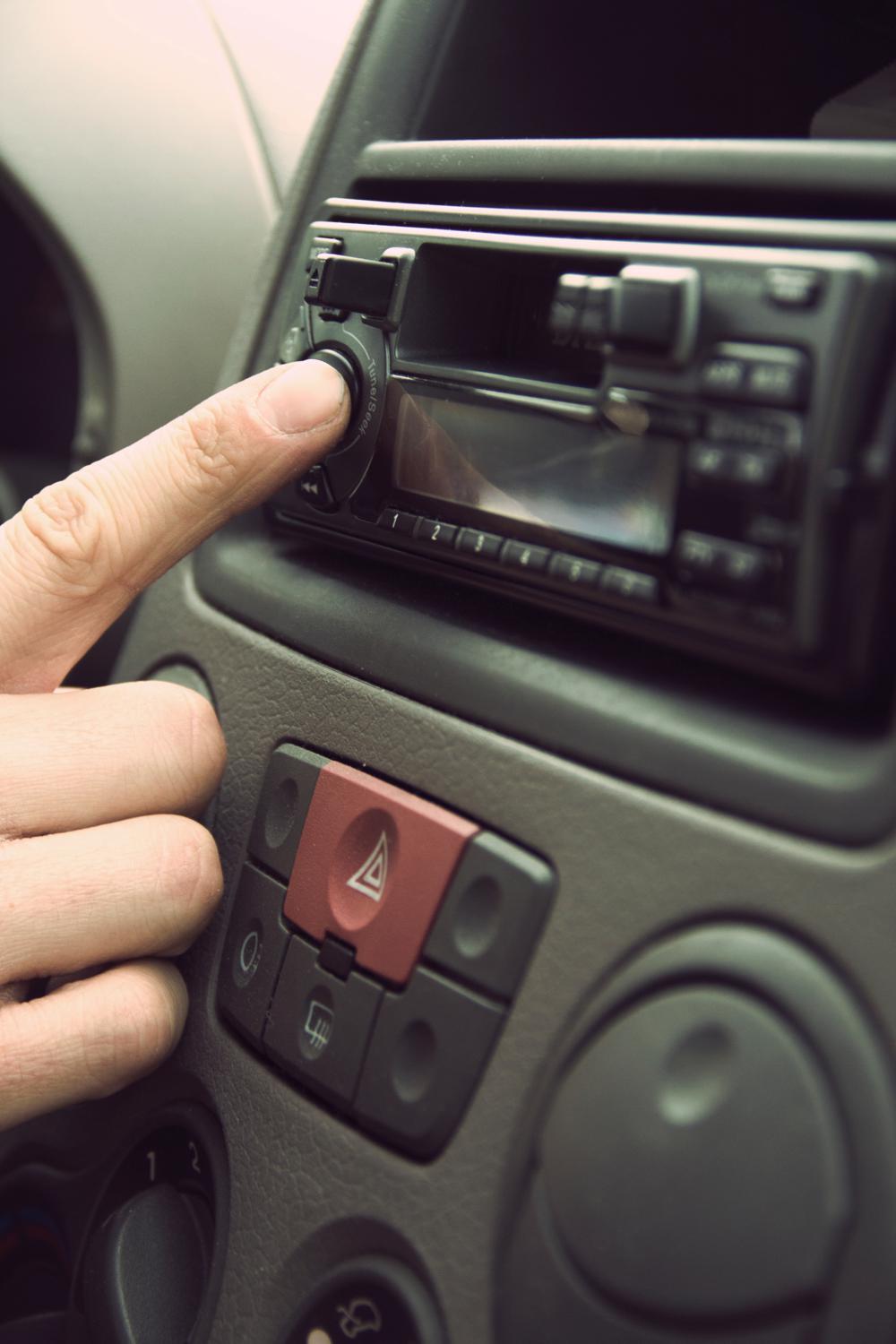Instructions:
Indicate whether the officer suspects a driver was distracted based on verbal or physical evidence and not on speculation alone.
Definition:
Indicates the presence and type of distractions which may have influenced the driver performance. The distractions can be inside the motor vehicle (internal) or outside the motor vehicle (external). This includes distractions that may have influenced driver performance, involving an action taken by the driver and the source of the distraction.
Rationale:
This element is important for identifying specific driver behaviors during a crash and understanding and mitigating the effects of distracting activities.
Accuracy Checks
- If Driver Distracted By indicates a valid value other than ‘not distracted’, then Driver Contributing Code should indicate ‘distracted’.
Other Related Fields
Data Quality Audit Results
| Report Type | Acceptable | Inconsistent | Invalid | Empty | ||||
| Local Police (electronic) | 287 | 85.2% | 5 | 1.5% | 2 | 0.6% | 43 | 12.8% |
| Local Police (paper) | 290 | 89.2% | – | – | 1 | 0.3% | 34 | 10.5% |
| State Police (electronic) | – | – | – | – | – | – | – | – |
| Total | 577 | 87.2% | 5 | 0.8% | 3 | 0.5% | 77 | 11.6% |
The Driver Distracted By field had the highest frequency of unacceptable information in the driver section of the report, having been completed in 87 percent of the reports reviewed. Most of the remaining reports had left the distracted field empty. Auditors commented that informal policies varied by department, sometimes requiring that a citation be issued in order to use this field. Furthermore, law enforcement auditors stated that responses to this field can be questioned in court and therefore only complete this field if they can verify it, and also issue a citation.






